profile/5006IMG-20210221-WA0072.jpg
Sotty
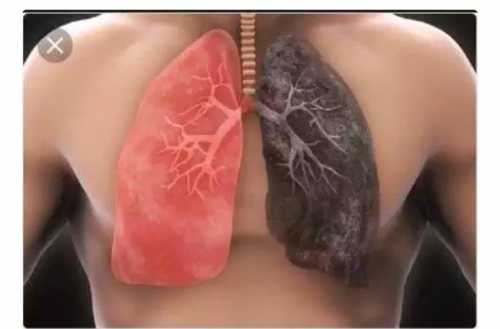
You Are Slowly Damaging Your Lungs Doing These Five Things. Stop No. 4 Immediately.
~4.6 mins read
The Human body organs is the most vital and essential part of the body that cannot easily be replaced when damaged. Every other thing or material in this life can easily be replaced, but when it comes to the organs in the body such as the heart, kidney, liver, the lungs and the intestines they can hardly be replaced except by miracles or Divine intervention. Now having known this, it is expected of us that we pay close attention to the human organs by avoiding certain things that will cause havoc to our body organs.
In this article, i will according to my little research reveal to you certain habits and behaviours that damages our lungs and expose us to lung cancer. Unknown to many they do this everyday by day in their place of work and business places so count yourself lucky to have access to this article today;
Lung cancer is the leading cause of death from cancer in the world, and most lung cancers are caused by smoking. Nevertheless, it is scientifically proven that most people suffering from lung cancer do not only smoke cigarettes or take drugs but also engage in some certain habits that is not pleasant to the organs in the body.
1. Exposure to Carbon dioxide and Carbon Monoxide in public places
Carbon dioxide which is released into the atmosphere through burning and from car exhaust; have a high chance in causing lung cancer for man. Whenever Carbon dioxide mixes with the blood, it makes the blood difficult to diffuse oxygen thereby causing a difficulty in breathing. Most people do not know this, they enjoy inhaling the smoke from generators, exhaust and other burning arena not knowing it is affecting their lungs gradually. In order to maintain a good and healthy lungs for a very long time, regulate the intake of Carbon dioxide and Carbon monoxide in the body.
2. Smoking Cigarettes
Smokers have high chance of getting a damaged lung. When inhaling smokes from cigarettes, it goes directly to the body organs which are very vital, and with time it darkens the lungs and cause lung cancer. Smoking cigarettes has no health benefit to the body, rather it damages certain vital organs in the body; smokers who are addicted to smoking finds it difficult to breath properly why because their lungs have been damaged due to excessive smoking. It is advisable that we quit smoking to maintain good and healthy lungs.
3. Exposure to Radon gas
The leading cause of lung cancer even in non smokers is exposure to radon gas, according to the United States Environmental Protection Agency. It accounts for about 21,000 deaths from lung cancer each year. Radon gas has a strong smell that affects the human lungs, due to the fragility of the lungs it tends to darken with time thereby causing difficulty in breathing and respiration.
4. Air Pollution
Air pollution can cause lung cancer to man. How do I mean by air pollution? Smokes from industry and large engines can affect the human lung and increase the risk of lung cancer. That is why it is advisable that we cover our nose with nose mask at all times; so as to regulate the intake of certain smoke particles into the body. There are some dangerous dust particle located in the atmosphere that cause disaster to the human lungs and organs.
5. Unhealthy Diet
Eating a healthy diet with lots of fruit and vegetables has been linked to a lower risk of lung cancer, both in people who smoke and those who do not. Recent evidence suggests that cruciferous vegetables such as cabbage, cauliflower, broccoli and bok choy are excellent vegetable choices. While eating fruits and vegetables may offer some degree of protection from lung cancer, not smoking.
Thank you for viewing through this, please like and share this post to others at risk of this habits.
profile/5006IMG-20210221-WA0072.jpg
Sotty
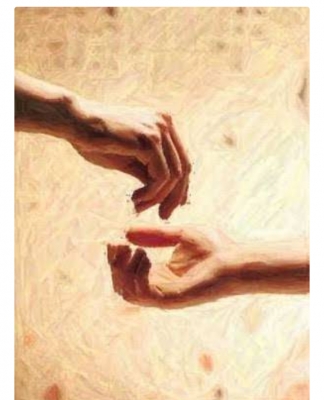
How To Make Money Like A Ritualist In Nigeria Without Taking A Life.
~3.6 mins read
Everybody wants to make money but not the wrong way, we all want to be rich and live well.After giving out my questionnaire I found out these:1. Giving to your parents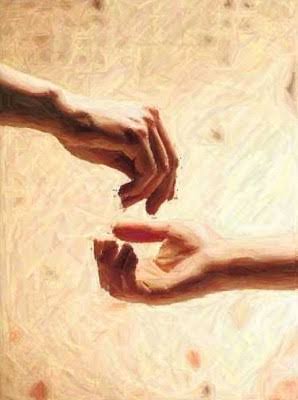 Our parents extend their prayers towards their children especially when it comes to giving. Once we give to them or buy something for them they pray and pour out blessings from their heart. It is fruitful.2. Giving to the poor
Our parents extend their prayers towards their children especially when it comes to giving. Once we give to them or buy something for them they pray and pour out blessings from their heart. It is fruitful.2. Giving to the poor In every society we must find a mixture of the rich and the poor, so find a way to reach out to the less privileged around you and show them love.3. Always Speaking positively
In every society we must find a mixture of the rich and the poor, so find a way to reach out to the less privileged around you and show them love.3. Always Speaking positively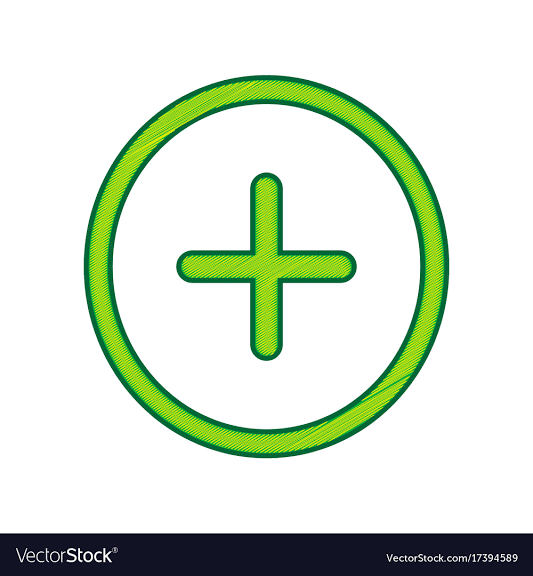 A wise man once said that a closed mouth is a closed destiny. So always declare what you want in life and back it up with prayers and action.4. Always thanking God for provision
A wise man once said that a closed mouth is a closed destiny. So always declare what you want in life and back it up with prayers and action.4. Always thanking God for provision It is said that a thankful heart will always have their tank full of goodies. So always thank God for provision and that will open more doors for you.5. Fake it and have it
It is said that a thankful heart will always have their tank full of goodies. So always thank God for provision and that will open more doors for you.5. Fake it and have it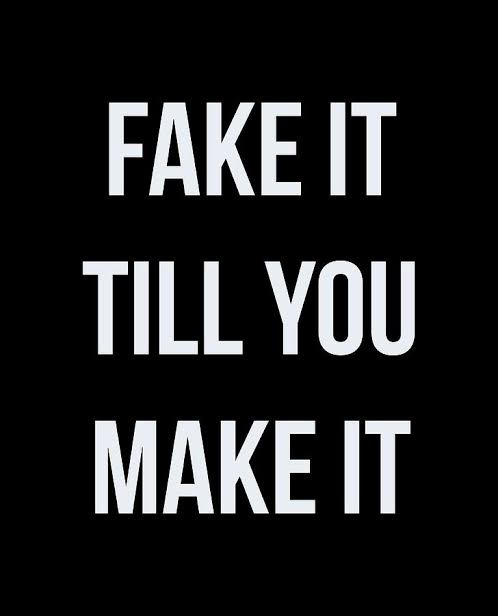 A rich man gave his speech on how he made his money he said " he always faked having a car every morning whenever he wakes up he faked driving a car and months later he was blessed with a brand-new car"So fake what you wish you have and trust me act it and it will be yours.
A rich man gave his speech on how he made his money he said " he always faked having a car every morning whenever he wakes up he faked driving a car and months later he was blessed with a brand-new car"So fake what you wish you have and trust me act it and it will be yours.
Advertisement

Link socials
Matches
Loading...
